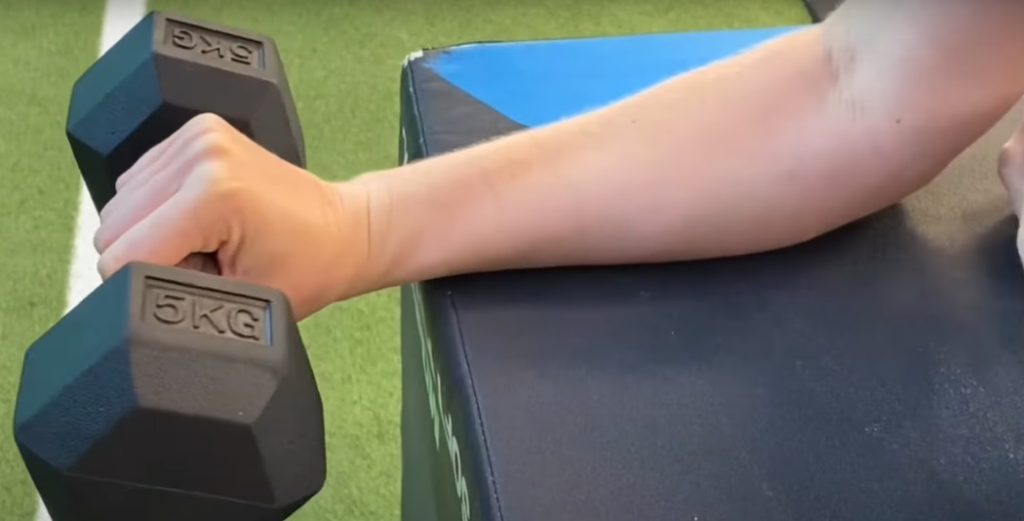Tennis elbow, what is it?
Tennis elbow, also known as lateral epicondylitis, is a condition in which the tendons of your forearm become injured. Your forearm muscles are connected to your elbow by tendons, when these muscles contract (shorten), they pull on the tendons and cause movement at the elbow and wrist
Tennis elbow caused by repetitive stress on the forearm tendons. You can develop tennis elbow when you do repetitive movements of your forearms for activities such as holding or lifting objects or gripping tightly for long periods of time without rest. The condition is most common among people who play sports or work with their hands, though it can occur in anyone who does repetitive manual work.

Tennis elbow causes pain on the outside of your forearm.
- Pain is felt on the outside of your elbow, and may be felt when gripping or lifting objects.
- Pain can radiate down to your wrist and fingers.
- Patients can develop shoulder pain/discomfort due to compensatory movement.
Treatment includes activity modification, ice & heat, acupuncture and exercises to strengthen the muscle and tendon.
- Activity modification: Avoiding heavy and repetitive activity will help prevent further injury to tennis elbow. This can be difficult at first especially if you need have work involving constant manual labour or have chores around the house. However it is important to reduce pain aggravating activities to allow your body more time to heal.
- Ice is useful during acute pain: Applying ice packs on your elbow for 20 minutes at a time several times per day can help reduce inflammation and pain. You can easily use frozen peas from the freezer to apply onto your forearms
- Heat to promote blood flow: when the acute pain subsides heat from a wheatbag or hot water bottle can be applied to dilate blood vessels. This will help promote blood flow to the area to improve healing
- Acupuncture, cupping and dry needling. Receiving acupuncture can help reduce pain and swelling for tennis elbow. The needles used are very thin filaments, when inserted locally can provide anti-inflammatory effects. Cupping can be used to separate the layers of tissue and promote blood flow to the area, which promotes healing. Dry needling is a form of acupuncture treatment that can eliminate knots inside the muscles of the forearm to reduce tightness and pain.
Exercise is an important part of treating tennis elbow.
Exercise is an important part of treating tennis elbow. You can help prevent tennis elbow by doing strengthening exercises that involve movements of your forearm and wrist muscles. The movements around the elbow are flexion (bending), extension (straightening), supination (rotation of forearm so palm is facing up), pronation (rotation of the forearm so palm is facing down). Wrist movements are flexion, extension, radial and ulnar deviation.
Check out the video below for exercises
Exercises Include:
- Stress ball squeeze
- Eccentric wrist extension
- Supination & Pronation
- Radial and ulnar deviation
Conclusion
Treating tennis elbow can be a challenge, but it doesn’t have to be difficult. By managing the pain and focusing on exercises, it can improve.
For Appointments
Triumph Physio has clinics in Mt Wellington and Broadway Newmarket, Auckland. We have qualified Physiotherapist registered under ACC that can help with your knee rehabilitation. For more info call us on 09 526 1448 or book online by clicking on the button below






